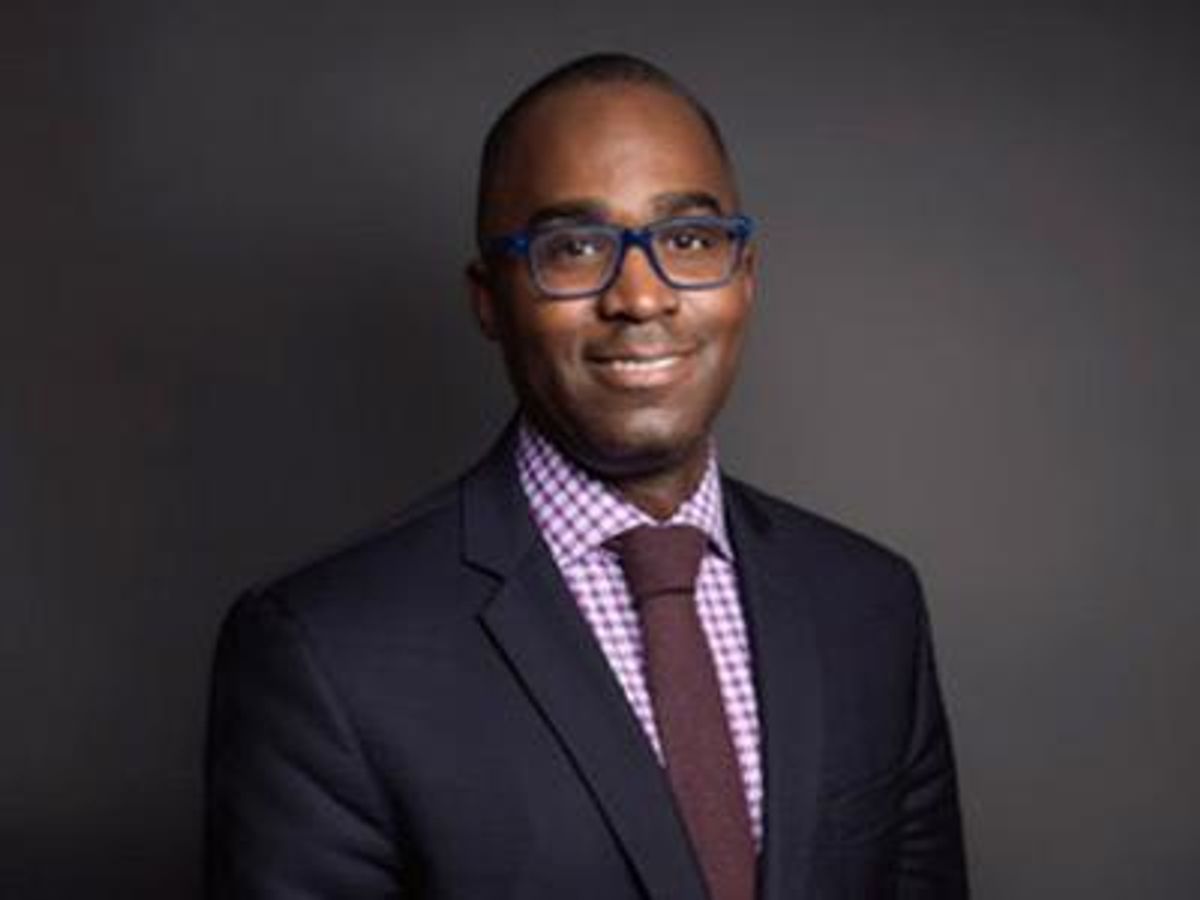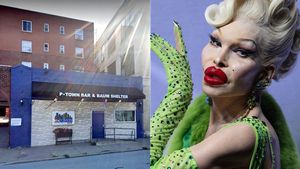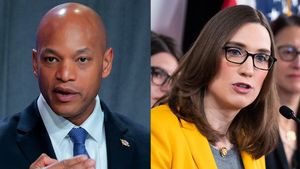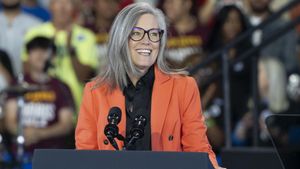Over the course of my career as an HIV/AIDS epidemiologist, my peers and I have documented and helped answer a public health mystery affecting black gay men in the United States. Namely, why are HIV infection rates so high among this population, compared to two other communities that comprise the overwhelming majority of HIV cases nationally: Black Americans and gay men in general?
The statistics are hard to ignore, and even harder to fathom. Gay men make up only 1.4 percent of the total Black population in the U.S., yet they account for an astounding 53 percent of new HIV infections in the Black community. And while new HIV infection rates have decreased among Black women and injecting drug users, infections continue to rise among Black gay and bisexual men. In addition, although gay men are 40 times more likely to get HIV than the general population, that figure rises sharply to 72 times more likely among Black gay men.
There is, of course, no single factor that has led to Black gay men being one of the groups most disproportionately impacted by HIV in the U.S. Instead, it is a multifaceted “perfect storm” of problems involving social, cultural and economic forces interacting in a variety of ways.
Contrary to what was presumed, multiple studies have shown that Black gay men are less likely to have condomless sex than white gay men and far less likely to use drugs like poppers or crystal methamphetamine during sex, which heighten HIV infection risk.
One major issue is the sheer number of Black gay men living with HIV. Higher rates of HIV within a smaller population of men nationwide (compared to white gay men) mean that the chance of encountering a partner living with HIV is greater for Black gay men than white gay men. As an illustration of this, a recent study found that white gay men in Atlanta needed to meet seven sex partners to have a 50 percent probability of meeting an HIV-positive partner, whereas Black gay men needed only 3.5 sex partners.
Because the majority of gay men prefer sexual and romantic partners of the same racial/ethnic background, the probability that a Black gay man will contract HIV is greatly increased, while other communities of gay men (such as Asians) face a greatly reduced risk of infection. Adding fuel to the fire, in light of studies showing high rates of transmission among people who do not know their status, a higher proportion of Black gay men are unaware of their HIV infection compared to gay men of other races/ethnicities.
We cannot separate the high infection rates among Black gay men from several ills that continue to plague our society. Discrimination, poverty, stigma, and lack of access to healthcare all impact healthcare access and utilization for Black gay men.
HIV-positive Black gay men are far less likely to make more than $20,000 annually than white gay men and 50 percent less likely to have health insurance, both of which limit access to care. Discrimination experienced at doctors’ offices has also been found to hamper future healthcare engagement for HIV-negative and HIV-positive Black gay men. As a result, a substantial proportion of Black gay men remain undiagnosed, and others who are diagnosed and without the financial means to access medications will remain virally unsuppressed.
According to the Centers for Disease Control and Prevention, only 28 percent of HIV-positive Black Americans are virally suppressed. Among Black gay men, only 16 percent are virally suppressed. While being on antiretroviral treatment decreases the chance of transmitting HIV to a partner by as much as 96 percent, these low rates of viral suppression among black gay men only help to fuel HIV transmission. A recent eye-opening study revealed that it would take decades before HIV infection disparities drop among Black gay men relative to white gay men even if 95 percent of Black gay men were tested and treated for HIV.
Neglect and an inadequate response to the HIV epidemic among Black gay men in the U.S. is one of the most important and least cited factors underlying these disparities. Despite decades of evidence tracking the population’s skyrocketing infection rates, very little was done (compared to communities with fewer infections) by Congress, the Department of Health and Human Services (DHHS), the gay community or the Black community to mount an appropriate response.
A recent review of HIV prevention programs ordered by the Obama Administration revealed that the overwhelming number of HIV prevention programs operated by DHHS and geared toward Black populations focused on heterosexuals, with a national HIV prevalence of 2 percent (98 percent are not HIV-positive), compared to Black gay men, where one in three is HIV-positive. Studies also find that funded research underprioritizes gay men, and particularly Black gay men, and HIV testing and prevention programs at local health departments overwhelmingly favor heterosexuals, despite the fact that gay men comprise the greatest number of HIV infections in 49 states nationwide. Funding and appropriate actions must follow the epidemic.
Despite insurmountable challenges, I remain hopeful. We have an administration that has done more to address the domestic HIV epidemic than all previous administrations combined, including a sharp increase in HIV programs, interventions, and research targeting gay men in general and Black gay men in particular. The updated National HIV/AIDS Strategy lays out specific targets for gay men and Black gay men, and the White House official presiding over these activities, Douglas Brooks, is a Black gay man living with HIV. Our president has also helped expand LGBT rights and acceptance, giving room for prominent Black athletes and celebrities to publicly support and embrace Black LGBT fans, friends, and family members, which might help reduce stigma.
Moreover, passage of the Affordable Care Act gives us the unprecedented opportunity to dramatically increase healthcare access for HIV-positive and HIV-negative Black gay men alike. And the advent of pre-exposure prophylaxis, in addition to existing strategies to test for and treat HIV, may be the gamechanger we need to help finally turn the corner on the number of annual HIV infections among Black gay men. Lastly a dedicated, bright, and determined cohort of young Black gay men is keeping a laser focus on this issue in policy, research, and program arenas. And we are seeing other signs of hope — the number of new HIV infections is no longer increasing among Black gay men in San Francisco.
Albert Einstein once said, “The significant problems we have cannot be solved at the same level of thinking with which we created them.” We are finally on a path to keeping HIV infection from becoming a rite of passage for another generation of black gay men.
Gregorio Millett is a well-published and nationally recognized epidemiologist/researcher with significant experience working at the highest levels of federal HIV policy development at both the White House and the Centers for Disease Control and Prevention. Formerly a Senior Policy Advisor to the White House Office of National AIDS Policy, Millett is one of three principal writers of President Obama’s National HIV/AIDS Strategy. Prior to joining amfAR in May 2014, Millett served as the HHS/CDC Liaison to the White House Office of National AIDS Policy. Mr. Millett has been credited with changing the underlying assumptions among researchers of observed HIV infection disparities among black men who have sex with men (MsM) and is widely recognized as one of the first researchers to show no protective effect associated with male circumcision for MSM.












































































